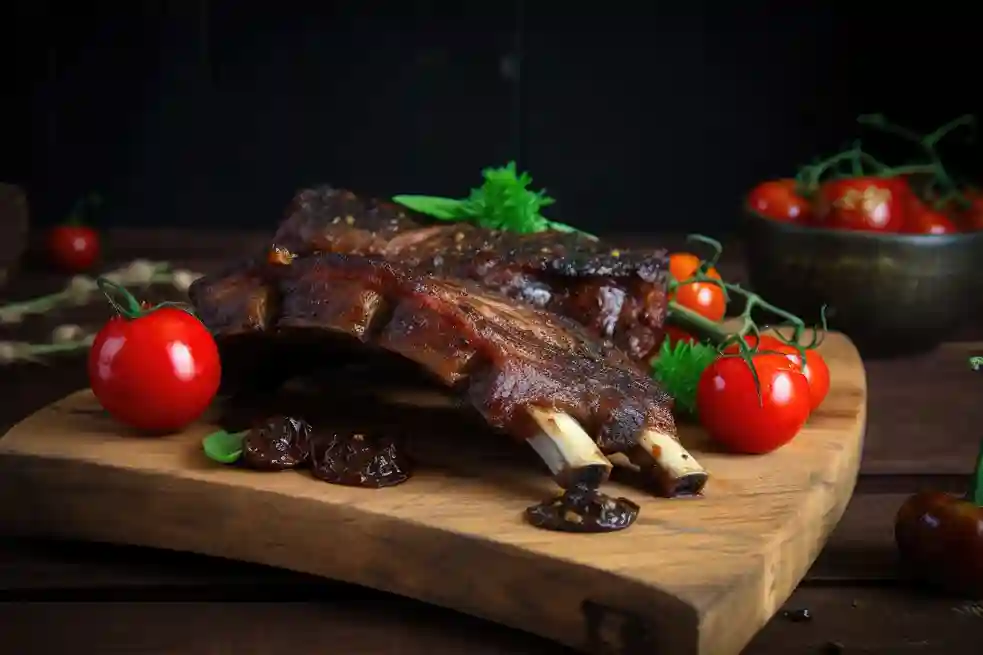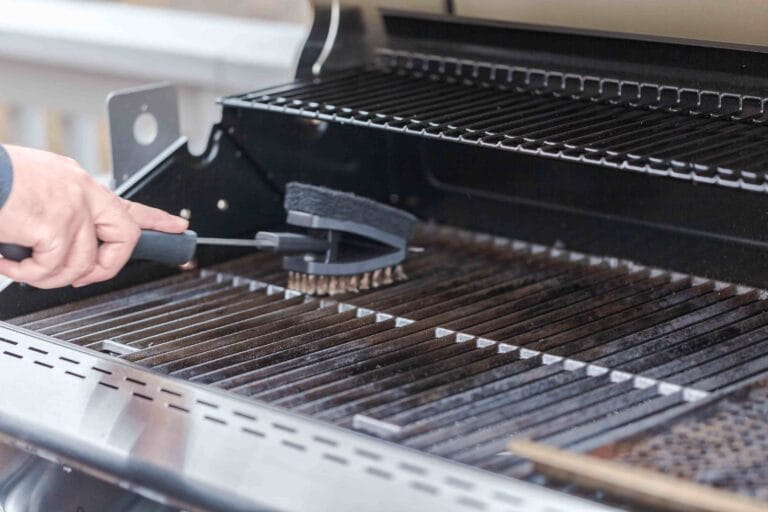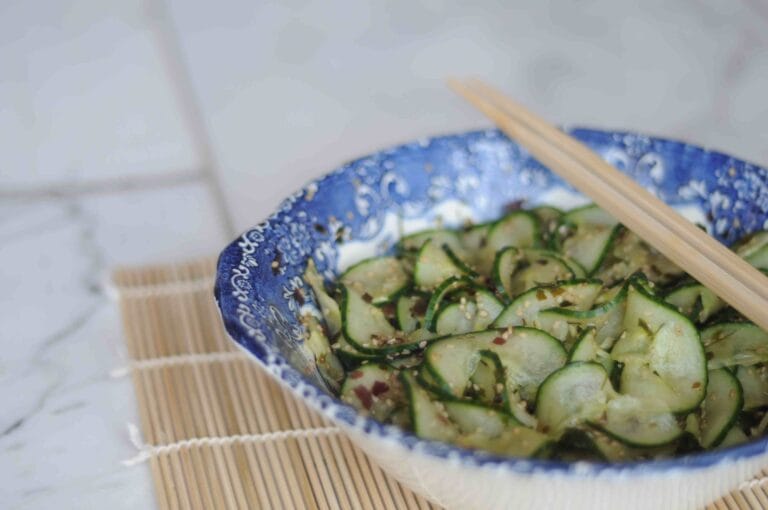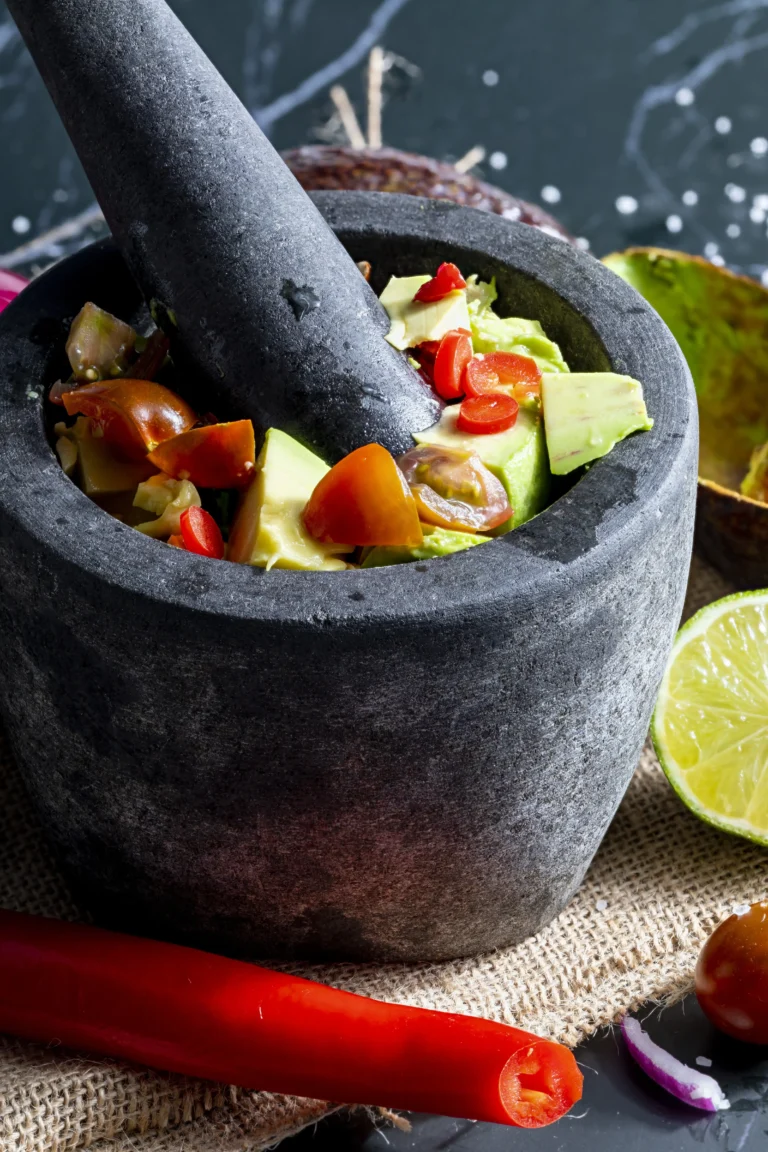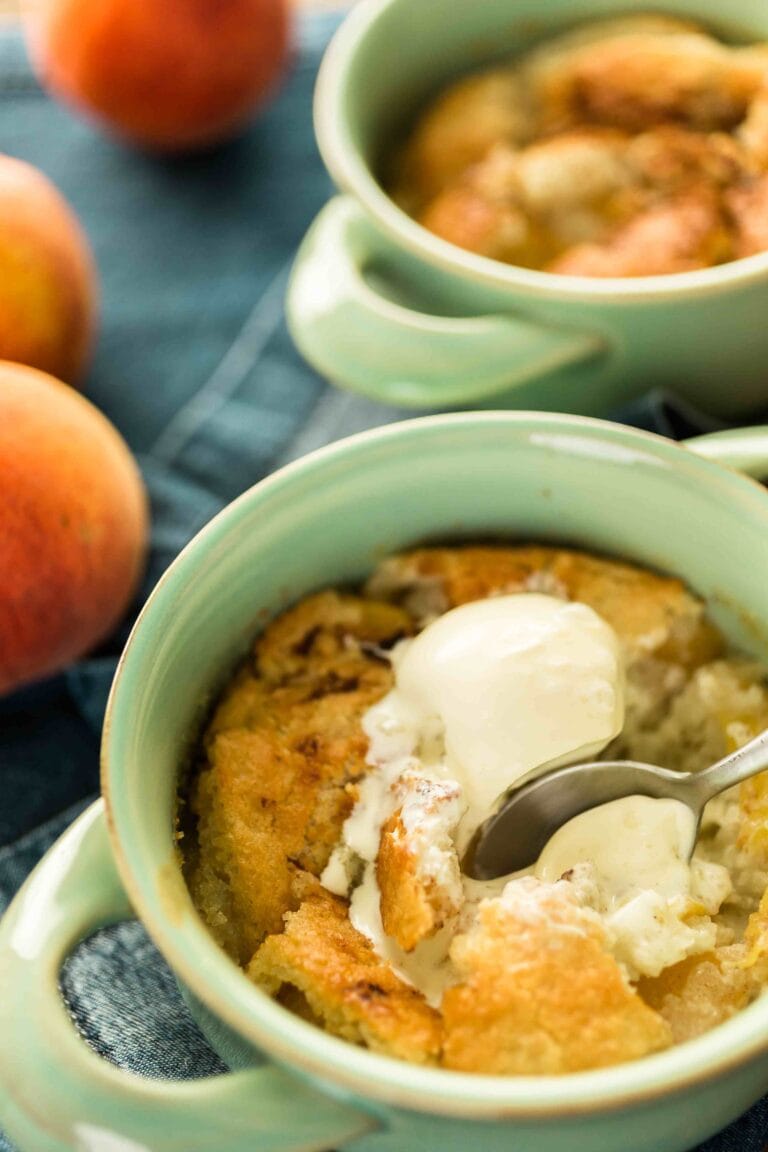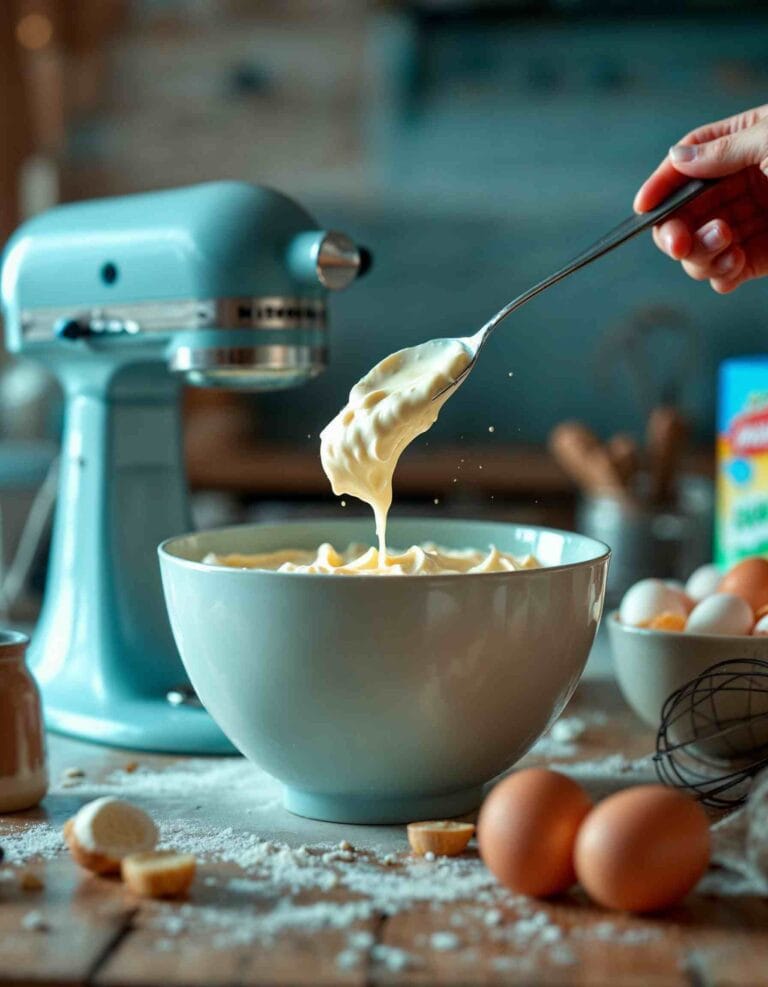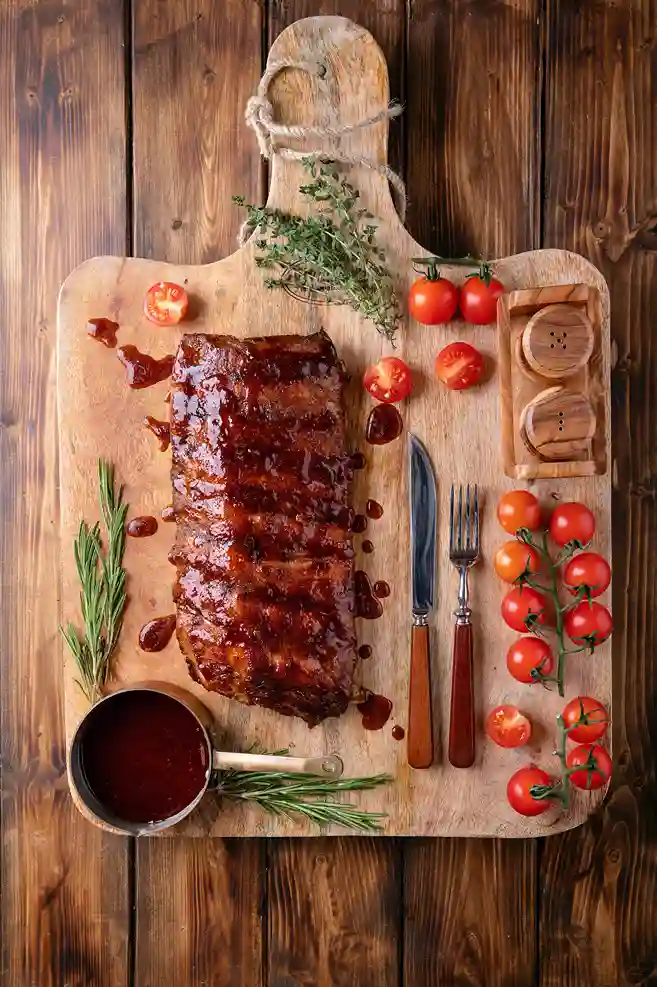Are Beef Back Ribs Tough? Tenderizing Tips & Best Cooking Methods
Beef back ribs are a delicious yet often misunderstood cut of meat. Known for their bold, beefy flavor, these ribs can be a culinary delight when prepared correctly. However, they are sometimes criticized for being tough or difficult to cook. This perception arises because beef back ribs have a relatively low amount of meat and a high proportion of connective tissue, which can make them challenging to cook if you’re unfamiliar with the process.
In this article, we’ll explore whether beef back ribs are truly tough and how to turn them into a tender, flavorful meal. From understanding the anatomy of these ribs to mastering the best cooking methods, you’ll learn everything needed to transform this cut into a crowd-pleasing dish. Whether you’re a grilling enthusiast or a slow-cooking aficionado, this guide will equip you with tips, techniques, and recipes to achieve perfect results.
Let’s dive in and discover the secrets to mastering beef back ribs!
Beef Back Ribs: The Ultimate Guide to Perfectly Tender and Flavorful Ribs
Understanding Beef Back Ribs
Beef back ribs are a cut of meat taken from the upper part of the cow’s rib cage, specifically from the area where prime rib or ribeye steaks are derived. Unlike other rib cuts, such as short ribs or spare ribs, beef back ribs often have less meat on the bones because much of the flesh is trimmed away for more premium cuts of steak. This makes them unique and distinct in texture, flavor, and cooking needs.
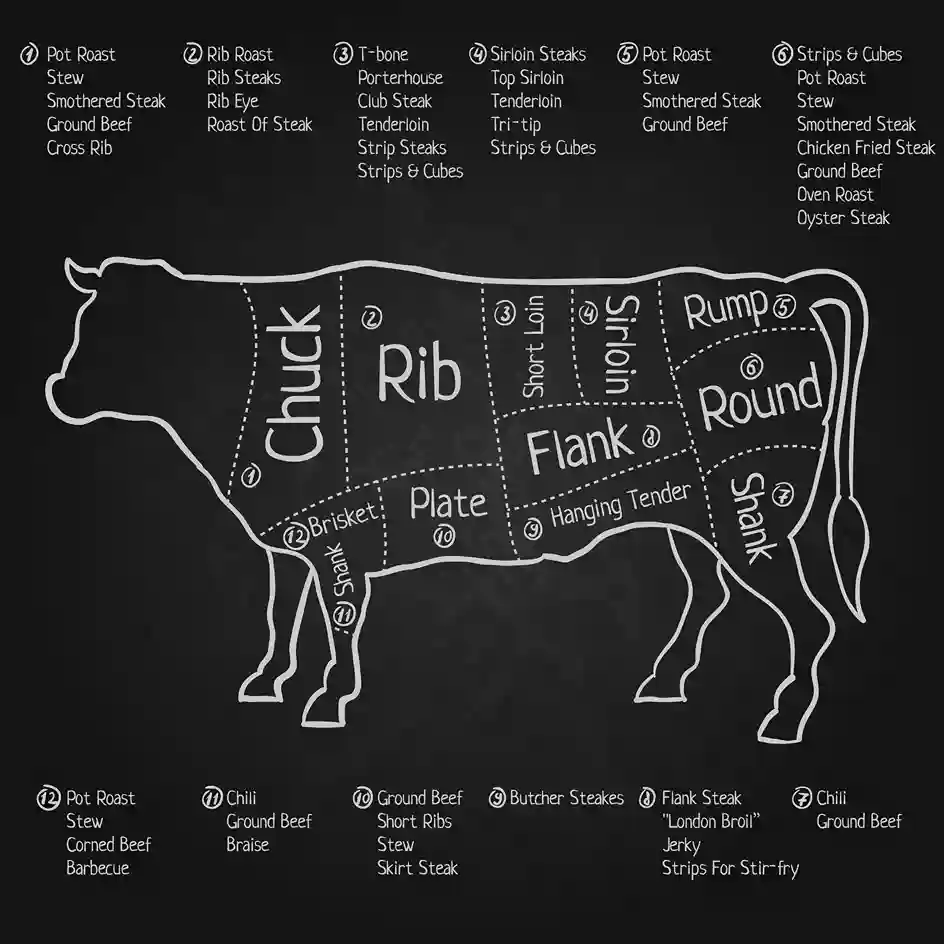
Anatomy of Beef Back Ribs
Beef back ribs consist of the long rib bones that are part of the rib primal section of the cow. These ribs are typically sold in racks containing six to eight ribs. Due to their proximity to the ribeye, the meat remaining on beef back ribs is flavorful, albeit lean and often interspersed with connective tissue.
The primary muscle on beef back ribs is the longissimus dorsi, which is also the main muscle found in ribeye steaks. However, this cut tends to have less marbling and requires specific cooking techniques to achieve tenderness and maximize flavor.
Comparison with Other Rib Cuts
- Short Ribs: Short ribs are taken from the lower rib cage and are known for their marbled, meaty texture. They are often braised or slow-cooked due to their dense connective tissue. Unlike back ribs, they are meatier and richer in fat content.
- Spare Ribs: Spare ribs come from the lower portion of the rib cage, closer to the belly. These are typically associated with pork, but beef spare ribs have a higher fat content and are often prepared using grilling or smoking techniques.
- Beef Back Ribs: Compared to the above, beef back ribs have less meat but are prized for their robust, beefy flavor. They are best suited for cooking methods that allow collagen and connective tissue to break down over time, such as smoking or braising.
Key Characteristics of Beef Back Ribs
- Flavor Profile: Beef back ribs offer a bold, rich flavor due to their proximity to the ribeye cut. Even with less meat, the fat and connective tissue render beautifully when cooked properly, adding depth to the dish.
- Texture: The meat on beef back ribs is lean and can be tough without the right preparation. Proper cooking techniques soften the connective tissue, transforming the ribs into a tender, succulent treat.
- Appearance: These ribs are long and curved, with visible bones. They often come with a thin membrane on the underside, which should be removed for better texture and flavor absorption.
Why Choose Beef Back Ribs?
While they might not be as meaty as other rib cuts, beef back ribs are an excellent choice for those seeking a cost-effective way to enjoy the rich flavors of beef. They are perfect for smoking, grilling, or slow-cooking, making them a versatile option for a variety of recipes. Their affordability and flavor make them a popular choice for BBQ enthusiasts and home cooks alike.
Why Beef Back Ribs Are Tough
Beef back ribs are known for their rich flavor, but their texture can be challenging for those unfamiliar with preparing this cut. The natural toughness of beef back ribs stems from their composition, which includes lean meat, dense connective tissue, and bones. Understanding these factors is essential for overcoming the toughness and creating a dish that is both tender and satisfying.
The Composition of Beef Back Ribs
- Lean Meat Content:
Beef back ribs contain less meat compared to short ribs or other cuts. The meat that remains is primarily lean muscle, which can become tough if overcooked or cooked too quickly. - Connective Tissue:
The ribs are interwoven with connective tissue, including collagen. When raw or improperly cooked, these tissues can make the meat chewy and difficult to eat. However, with slow cooking methods, the collagen melts into gelatin, resulting in tender meat. - Bone-to-Meat Ratio:
Beef back ribs have a high bone-to-meat ratio. While this adds flavor during cooking, it also means there is less edible meat per rib, requiring careful cooking to extract maximum tenderness and taste.
How Cooking Methods Affect Toughness
The way beef back ribs are prepared plays a significant role in their final texture. Here’s how improper cooking techniques can contribute to toughness:
- High Heat Cooking:
Cooking beef back ribs over high heat (e.g., grilling or broiling) for a short time often leads to tough, dry meat. This method does not allow enough time for the connective tissue to break down. - Undercooking:
When not cooked for a sufficient duration, the collagen and connective tissue remain intact, resulting in a chewy texture. Low and slow cooking is key to transforming this cut into a tender dish. - Skipping Preparation Steps:
Failing to properly prepare the ribs, such as leaving the membrane intact or not seasoning them thoroughly, can lead to uneven cooking and less flavorful results.
Factors Influencing Toughness
Several factors beyond cooking techniques can influence the toughness of beef back ribs:
- Quality of the Meat: Ribs from younger cattle tend to be more tender, while those from older animals may require additional cooking time to achieve the same texture.
- Thickness of the Meat: Thicker ribs may require longer cooking times to ensure the meat near the bone becomes tender.
- Storage Conditions: Ribs that have been frozen and thawed improperly may lose moisture, resulting in a tougher texture when cooked.
Tenderizing Techniques
Overcoming the natural toughness of beef back ribs involves applying specific techniques before and during cooking. These include:
- Marination:
Soaking the ribs in an acidic marinade (e.g., one containing vinegar, citrus, or wine) helps break down muscle fibers and adds flavor. - Brining:
A saltwater brine enhances moisture retention, ensuring the meat remains juicy throughout the cooking process. - Mechanical Tenderizing:
Using a meat tenderizer or scoring the meat can help break down tough fibers, making the ribs easier to cook evenly.
The Role of Time and Temperature
Time and temperature are critical for achieving tender beef back ribs. Cooking methods like smoking, braising, or slow roasting use low heat over an extended period to break down the collagen and connective tissue, turning tough meat into a tender, melt-in-your-mouth dish. For example, ribs cooked at 225°F (107°C) for 4–6 hours are more likely to be tender than those cooked at higher temperatures for shorter periods.
Best Methods for Cooking Tender Beef Back Ribs
To transform beef back ribs from tough to tender, you need to choose the right cooking method. The secret lies in “low and slow” techniques that allow the collagen and connective tissue to break down, resulting in juicy, flavorful ribs. Here, we’ll explore the most effective methods for achieving tender beef back ribs, along with tips for each approach.
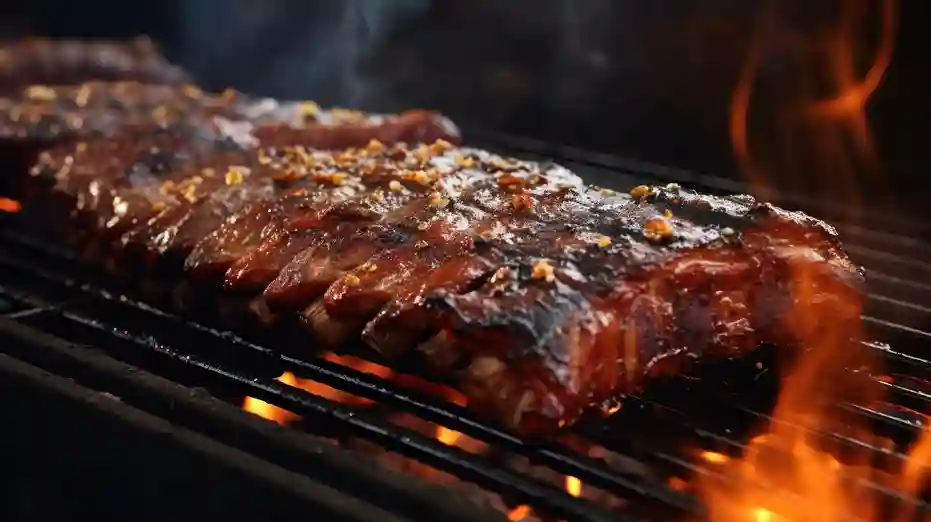
Smoking Beef Back Ribs
Smoking is one of the most popular ways to prepare beef back ribs, as it enhances their natural flavor with a rich, smoky taste.
- Preparation:
- Remove the membrane from the back of the ribs.
- Apply a dry rub with spices like paprika, garlic powder, onion powder, black pepper, and salt.
- Let the ribs rest for at least 30 minutes to absorb the seasoning.
- Cooking Process:
- Preheat the smoker to 225°F (107°C).
- Use hardwoods like hickory, oak, or mesquite for a robust smoky flavor.
- Place the ribs on the smoker, bone side down, and cook for 4–6 hours.
- Spritz the ribs with apple juice or a mixture of apple cider vinegar and water every hour to maintain moisture.
- Finishing Touch:
- Wrap the ribs in foil during the final hour to tenderize further and trap juices.
- Optionally, brush them with barbecue sauce and cook for an additional 20–30 minutes for a caramelized glaze.
Braising Beef Back Ribs
Braising involves cooking the ribs slowly in a flavorful liquid, making it an excellent option for guaranteed tenderness.
- Preparation:
- Brown the ribs in a hot skillet with a bit of oil to create a caramelized crust.
- Set the ribs aside and prepare a braising liquid using beef broth, wine, onions, garlic, and your favorite herbs.
- Cooking Process:
- Place the ribs in a deep pan or Dutch oven.
- Pour the braising liquid over the ribs, ensuring they are mostly submerged.
- Cover the pan tightly and cook in an oven preheated to 300°F (149°C) for 3–4 hours.
- Final Steps:
- Once tender, remove the ribs from the liquid and skim off excess fat.
- Reduce the liquid on the stovetop to create a flavorful sauce for serving.
Oven-Roasting Beef Back Ribs
Oven-roasting is a convenient way to cook beef back ribs at home, delivering tender results with minimal effort.
- Preparation:
- Remove the membrane and season the ribs with a dry rub or marinade.
- Wrap the ribs tightly in aluminum foil to seal in moisture.
- Cooking Process:
- Preheat the oven to 275°F (135°C).
- Place the wrapped ribs on a baking sheet and cook for 3–4 hours, checking for tenderness periodically.
- During the last 15–20 minutes, remove the foil and brush the ribs with barbecue sauce for a sticky finish.
Slow Cooking Beef Back Ribs
A slow cooker is perfect for hands-off cooking that delivers fall-off-the-bone ribs.
- Preparation:
- Season the ribs with salt, pepper, and spices, and optionally sear them in a skillet for added flavor.
- Layer the ribs in the slow cooker and add a liquid base, such as beef broth, barbecue sauce, or a mix of Worcestershire sauce and water.
- Cooking Process:
- Set the slow cooker to low heat and cook for 6–8 hours, or until the meat is tender and easily separates from the bone.
- For a caramelized finish, transfer the ribs to a broiler and cook for 3–5 minutes with a glaze of barbecue sauce.
Grilling Beef Back Ribs
While grilling is typically not the first choice for beef back ribs, it can yield great results when paired with indirect heat.
- Preparation:
- Marinate or dry rub the ribs in advance to enhance their flavor.
- Preheat the grill and set it up for indirect cooking by placing coals or burners on one side only.
- Cooking Process:
- Place the ribs on the cooler side of the grill, bone side down.
- Cover the grill and maintain a temperature of 225–250°F (107–121°C).
- Cook for 3–4 hours, turning occasionally, until the ribs are tender.
- Finishing Touch:
- During the last 20 minutes, move the ribs to direct heat to crisp the edges and caramelize any sauce applied.
Tips for Preparing Beef Back Ribs
To ensure tender and flavorful beef back ribs, preparation is just as important as the cooking process. The steps you take before the ribs hit the smoker, oven, or grill can make all the difference. Here are some expert tips to set you up for success.
Removing the Membrane
One of the most crucial preparation steps is removing the tough membrane, or silverskin, from the underside of the ribs. This membrane doesn’t break down during cooking and can make the ribs chewy and less flavorful.
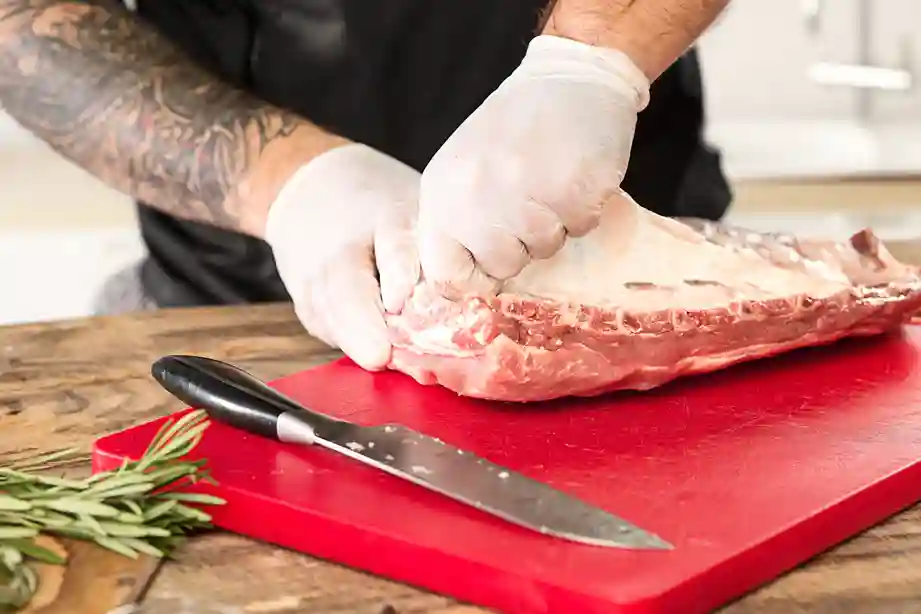
Are Beef Back Ribs a Good Cut? Tips, Benefits, and Cooking Methods
- How to Remove the Membrane:
- Flip the ribs so the bone side faces up.
- Slide a knife under the edge of the membrane at one end of the rack.
- Use a paper towel to grip the membrane and pull it away from the bones in one piece.
- Why It’s Important:
Removing the membrane allows seasonings and marinades to penetrate the meat better and ensures a more tender texture.
Marinating for Flavor and Tenderness
Marinating beef back ribs not only adds flavor but also helps to tenderize the meat by breaking down muscle fibers.
- Ingredients for a Great Marinade:
- Acidic Components: Vinegar, citrus juice, or wine to tenderize.
- Oil: Olive oil or vegetable oil to lock in moisture.
- Flavor Boosters: Garlic, onion, soy sauce, Worcestershire sauce, and spices.
- Marinating Tips:
- Place the ribs in a resealable plastic bag or shallow dish and cover them with the marinade.
- Refrigerate for at least 4 hours or overnight for the best results.
- Pat the ribs dry before cooking to ensure they crisp up on the outside.
Applying a Dry Rub
A dry rub is a mixture of spices and seasonings that enhances the flavor of beef back ribs.
- Common Ingredients in Dry Rubs:
- Brown sugar for sweetness and caramelization.
- Paprika for smokiness.
- Garlic powder, onion powder, salt, and black pepper for depth of flavor.
- Cayenne pepper or chili powder for a spicy kick (optional).
- How to Apply:
- Generously coat both sides of the ribs with the rub, pressing it into the meat to ensure it adheres.
- Let the ribs sit at room temperature for about 30 minutes before cooking to allow the rub to penetrate.
Trimming Excess Fat
Beef back ribs often have patches of fat that can lead to flare-ups during grilling or uneven cooking.
- Why Trim Fat:
- Excess fat can create a greasy texture and overpower the flavor of the meat.
- Removing fat ensures the ribs cook evenly and absorb seasonings better.
- How to Trim:
- Use a sharp knife to carefully slice away large pieces of fat without removing too much meat.
- Leave a thin layer of fat for added moisture and flavor during cooking.
Preheating and Resting
Properly preparing the ribs before and after cooking is essential for optimal results.
- Preheating the Cooking Surface:
- Whether you’re using a smoker, grill, or oven, preheat it to the desired temperature before placing the ribs.
- This helps to seal the meat’s surface and retain juices.
- Resting After Cooking:
- Once the ribs are done, let them rest for at least 10–15 minutes.
- Resting allows the juices to redistribute, ensuring tender and flavorful meat.
Using Liquid Enhancements
Adding moisture during the cooking process can prevent the ribs from drying out and enhance their flavor.
- Spritzing:
- Use a spray bottle filled with apple juice, vinegar, or broth to spritz the ribs every hour.
- This helps maintain moisture and creates a flavorful crust.
- Foil Wrap:
- Wrapping the ribs in aluminum foil during the last stages of cooking traps steam and tenderizes the meat.
- Add a splash of liquid, such as beef broth or barbecue sauce, inside the foil for extra flavor.
Common Mistakes to Avoid
Even with the right preparation and cooking methods, mistakes can happen when making beef back ribs. Being aware of these common pitfalls will help you achieve the best results.
Overcooking or Undercooking
- Overcooking:
- Cooking ribs for too long at high heat can dry out the meat, making it tough and unpleasant.
- Solution: Stick to “low and slow” methods to allow the meat to tenderize without drying out.
- Undercooking:
- Removing the ribs from the heat too soon leaves the connective tissue intact, resulting in chewy ribs.
- Solution: Use a thermometer or check for tenderness by inserting a toothpick into the meat—it should glide in easily.
Skipping the Membrane Removal
Failing to remove the membrane can result in ribs that are chewy and less flavorful. Always take a few extra minutes to peel it off before seasoning.
Insufficient Seasoning
- Light Seasoning:
- Under-seasoned ribs lack depth of flavor.
- Solution: Be generous with marinades, dry rubs, and basting sauces to enhance the taste.
- Overpowering Flavors:
- Overloading ribs with strong spices or sauces can mask their natural beefy flavor.
- Solution: Strike a balance by pairing strong flavors with complementary ingredients.
Not Allowing Resting Time
Skipping the resting period after cooking can lead to a loss of juices, making the ribs drier. Always let the ribs rest for 10–15 minutes before serving.
Frequently Asked Questions
Do Beef Ribs Get More Tender the Longer You Cook Them?
Yes, beef ribs become more tender the longer you cook them, but only if you use the right cooking method. Slow cooking methods, such as smoking, braising, or slow roasting, allow the collagen in the connective tissue to break down into gelatin, resulting in tender, juicy ribs. However, overcooking at too high a temperature can cause the meat to dry out and become tough.
How Do You Make Beef Ribs Not Tough?
To prevent beef ribs from being tough, follow these steps:
- Cook them low and slow to allow the connective tissue to break down.
- Remove the membrane from the back of the ribs for better texture.
- Marinate or use a dry rub to enhance flavor and tenderize the meat.
- Ensure you cook them long enough to reach an internal temperature of 195–205°F (90–96°C), where the meat becomes tender.
Why Were My Beef Ribs Tough?
There are several reasons your beef ribs may have turned out tough:
- Undercooking: The connective tissue didn’t have enough time to break down.
- High Heat: Cooking at too high a temperature can dry out the meat before it becomes tender.
- Skipping Preparation Steps: Not removing the membrane or failing to marinate can result in a tougher texture.
- Short Cooking Time: Ribs require patience; rushing the process often leads to chewy results.
Are Beef Back Ribs a Good Cut?
Yes, beef back ribs are a great cut for their rich, beefy flavor. While they have less meat compared to other rib cuts, such as short ribs, they are more affordable and perfect for smoking, grilling, or slow cooking. With proper preparation and cooking, beef back ribs can be transformed into a delicious and tender dish, making them a favorite among BBQ enthusiasts.
Beef Ribs vs. Beef Back Ribs: Differences, Tenderness, and Best Uses
Conclusion
Beef back ribs can be tough, but with the right preparation and cooking techniques, they become a tender, flavorful dish that’s perfect for any occasion. Whether you choose to smoke, braise, roast, or slow-cook your ribs, the key is patience and attention to detail. By avoiding common mistakes and following proven methods, you’ll be able to master the art of cooking beef back ribs and delight your family and friends.
Enjoy experimenting with different flavors, rubs, and sauces to create your signature rib recipe. With practice, you’ll see that beef back ribs are not only delicious but also versatile and rewarding to cook.
Best Cooking Methods for Back Ribs: Smoke, Grill, Bake, or Slow Cook?

